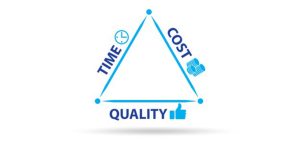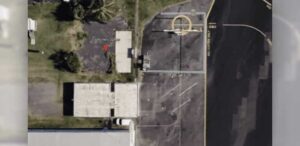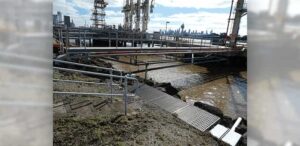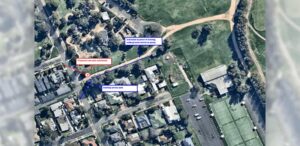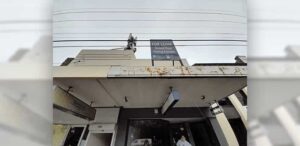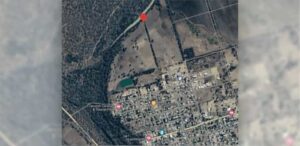In today’s fiscal environment, marked by tighter budgets, increasing scrutiny, and demand for service continuity, government bodies and asset owners must seek solutions that are both economically efficient and risk-resilient. Among the most effective yet underutilised tools is the routine and structured inspection of infrastructure assets.
Bridges, buildings, roads and pavements are aging, exposed to environmental stressors, and essential to public safety and economic continuity. A proactive inspection regime not only prevents failures but generates long-term savings and extends asset life.
Preventative Maintenance vs. Reactive Costs
Over time, infrastructure assets naturally deteriorate due to environmental exposure, operational fatigue, and usage. Without scheduled inspections, defects often remain undetected until they escalate, resulting in unplanned shutdowns, emergency repairs, or total failure.
For example, a minor defect in a bridge bearing, if left unchecked, can lead to structural deformation, which may require partial reconstruction, often at five to ten times the cost of early intervention.
Australian audits and research consistently confirm that reactive maintenance can cost up to five times more than planned, preventative actions.
Inspections as a Core Risk Management Mechanism
Scheduled inspections are essential to identifying and mitigating safety risks before they evolve into liabilities. They help reduce the likelihood of incidents such as structural failure, service disruption, or technical non-compliance.
For councils, this may involve avoiding claims due to falling façades or footpath subsidence. For airport operators, missed defects in pavements or lighting systems may lead to regulatory enforcement.
According to Engineers Australia, regular condition assessments reduce the risk of major asset failure by more than 70%.
Regulatory Compliance and Legal Defensibility
Infrastructure inspections ensure compliance with critical Australian standards and codes, such as:
- AS 5100.7 – Bridge Design, Part 7: Maintenance and Inspection
- National Construction Code (NCC) and state-based Building Regulations for public assets
- CASR Part 139 – Aerodrome Inspection and Maintenance requirements enforced by CASA
Failure to comply with these standards can result in penalties, operational restrictions, and reputational damage. Routine inspections are also a cornerstone of audit readiness and legal defensibility, demonstrating due diligence in asset governance.
Enabling Data-Driven Lifecycle Planning
Inspection data plays a pivotal role in optimising the total lifecycle cost (LCC) of infrastructure. Without it, budgeting, risk prioritisation, and investment planning are based on assumptions, not evidence.
Routine inspections provide:
- Reliable condition ratings and deterioration trends
- Forecasts of remaining useful life (RUL)
- Evidence to support repair, rehabilitation, or replacement decisions
This leads to better capital planning, budget predictability, and maximum asset value realisation over time.
Public Confidence and Operational Continuity
Beyond compliance, infrastructure management is a public trust. Councils and operators are accountable not only for technical performance but also for public perception.
A transparent inspection program enhances credibility and reduces the risk of political or media backlash following preventable incidents. It also reinforces a culture of safety and responsibility across all asset-owning departments.
The value of scheduled infrastructure inspections is backed by science, economics, and regulation. For asset managers, procurement officers, and local governments, these programs deliver measurable benefits:
- ✅ Lower lifecycle maintenance costs
- ✅ Reduced liability and improved safety
- ✅ Regulatory compliance and audit readiness
- ✅ Evidence-based capital investment planning
- ✅ Stronger community trust and service reliability
Routine inspection is not an optional task—it is a strategic asset management function. When executed with discipline and in accordance with Australian standards, inspections deliver real financial and operational returns.
If you are looking to enhance compliance, cut long-term maintenance costs, and improve confidence in your asset portfolio, our specialist assets team at JJ Ryan Consulting can help. We support councils, aviation operators, and asset-intensive organisations across Australia with structured inspection programs, data-driven condition reporting, and long-term asset lifecycle planning.
Get in touch today.




